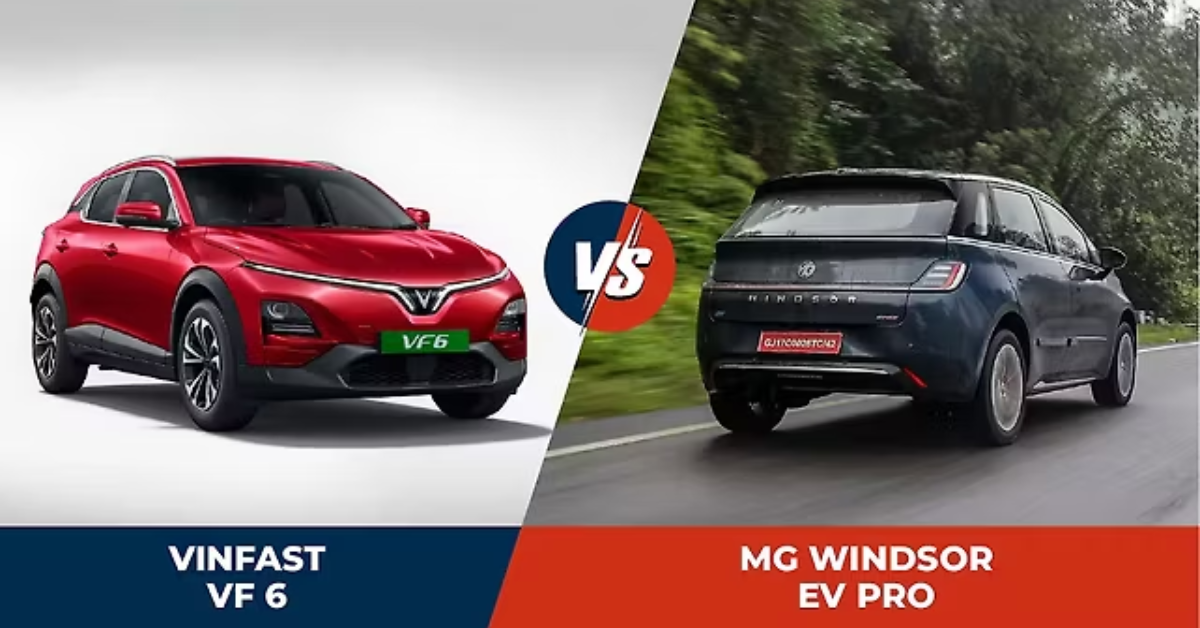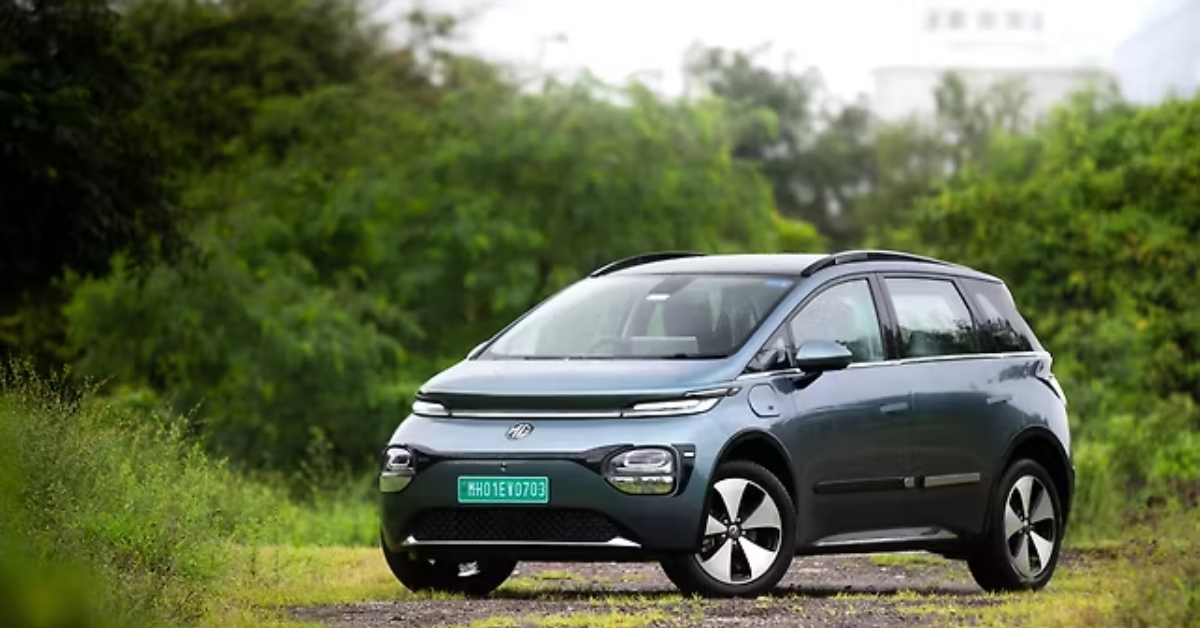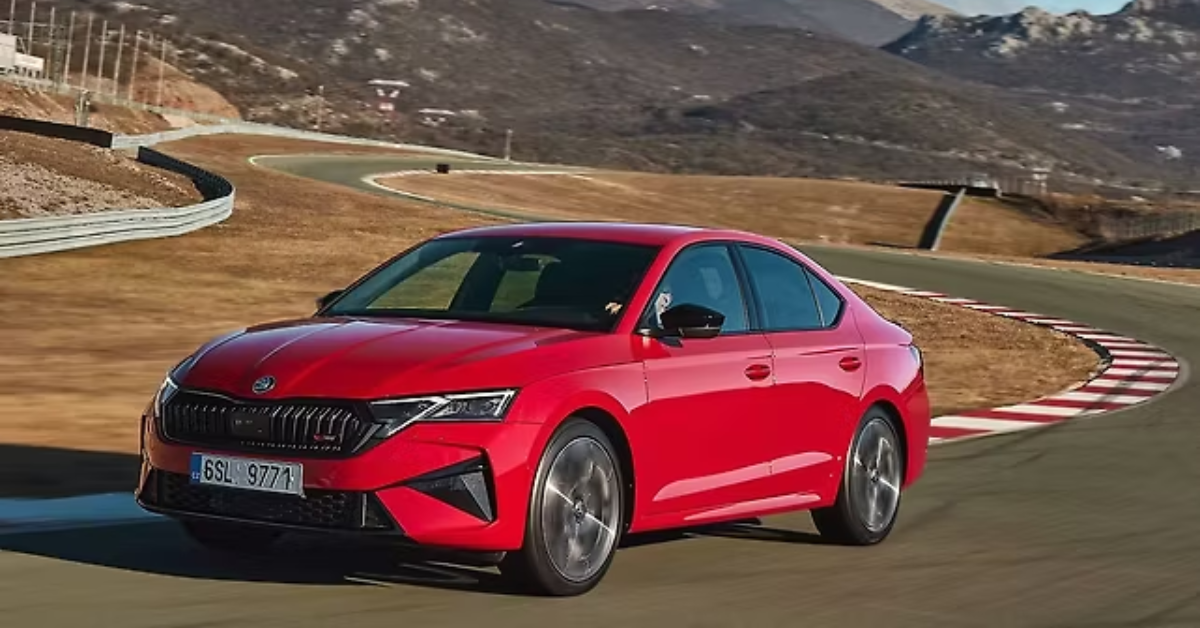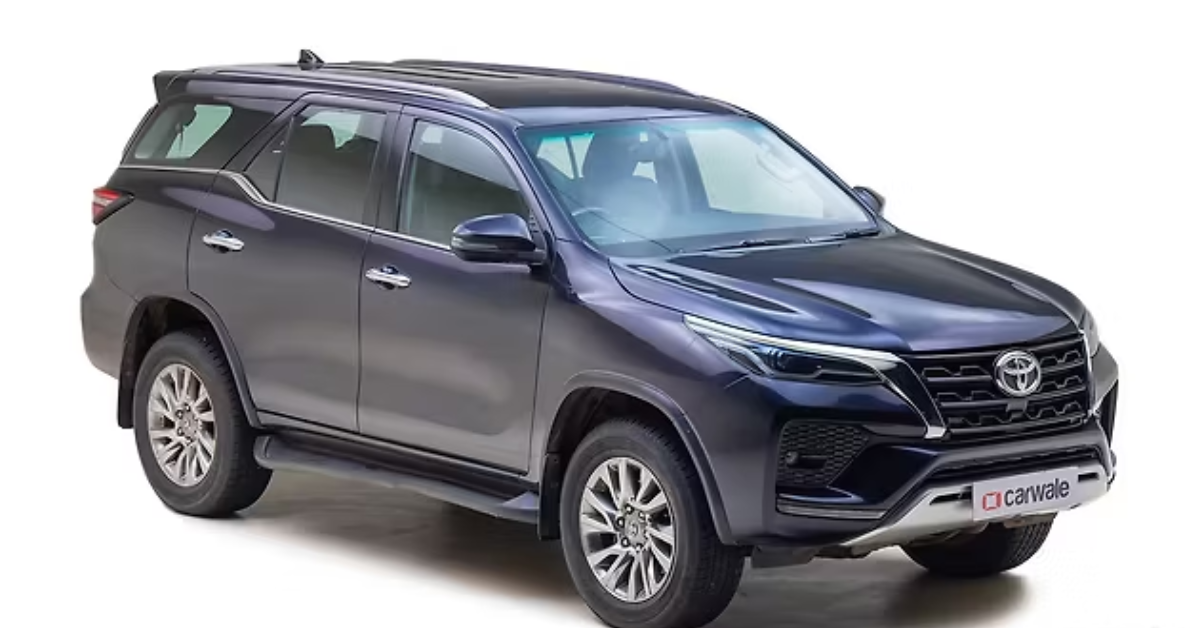The roar of a Ferrari V12 is one of the most iconic sounds in automotive history. But soon, that sound may be replaced — not by silence, but by the high-pitched hum of a powerful electric motor. In a landmark move that signals a new era for the legendary Italian marque, Ferrari has confirmed the upcoming reveal of its first-ever electric supercar, slated to launch in 2025.
As electric mobility reshapes the global auto industry, Ferrari’s entry into the EV market has become one of the most anticipated transitions in the luxury performance space. Let’s take a detailed look at what we know about Ferrari’s first electric supercar, what makes it revolutionary, and what it could mean for the brand’s future.
⚡ 1. The Big Shift: Why Ferrari Is Going Electric
Ferrari has long been resistant to fully abandoning internal combustion engines. Known for its naturally aspirated V8s and V12s, the brand has built its legacy on mechanical emotion, raw sound, and visceral performance. However, the pressure of tightening global emission norms, especially in Europe, and growing demand for cleaner mobility has pushed even the most iconic manufacturers toward electrification.
But this isn’t just about regulations — Ferrari sees an opportunity to redefine the supercar experience through electric power, blending performance, innovation, and brand heritage in a bold new direction.
🔋 2. What We Know So Far: The Electric Ferrari in Development
Although Ferrari has remained secretive about the finer details, several confirmed reports and leaks have provided a glimpse into what we can expect.
Key Highlights:
- Launch Year: Officially expected in late 2025.
- Development Location: Being engineered at Ferrari’s Maranello facility, including a new production line dedicated to EVs.
- Platform: Likely to be an all-new electric platform, separate from Ferrari’s hybrid systems used in the SF90 Stradale or 296 GTB.
- Motor Configuration: Expected to use multiple electric motors for all-wheel drive (AWD), torque vectoring, and rapid acceleration.
- Battery System: In-house battery development suggests high energy density cells for performance-oriented applications.
- Performance Goals: Targeting 0–100 km/h in under 2.5 seconds and a top speed north of 300 km/h.
🚀 3. Design Philosophy: Ferrari EV Will Still Look Like a Ferrari
Ferrari’s head of design has assured enthusiasts that the EV will stay true to Ferrari’s DNA — aggressive, elegant, and performance-driven. Expect a sleek body with active aerodynamics, signature LED lighting, and a low-slung, aerodynamic profile.
Unlike many EVs that aim for minimalism, Ferrari’s first EV is expected to retain emotional styling cues, sharp lines, and muscular stances, perhaps blending elements from the Roma, SF90, and 812 Superfast.
🎮 4. Driving Experience: Ferrari’s Biggest Challenge
While electric power brings instant torque and brutal acceleration, one of the biggest questions is how Ferrari will deliver the “soul” its cars are known for — that feedback-rich drive, steering feel, and engagement.
Ferrari engineers are reportedly working on:
- Artificial soundscapes that match performance output
- Custom regenerative braking profiles
- Advanced torque vectoring to offer racing-like cornering control
- Battery placement for perfect weight distribution and low center of gravity
In short, Ferrari wants its EV to feel like a Ferrari, not just perform like one.
🌱 5. Commitment to Sustainability
Ferrari’s move into electric cars doesn’t just serve performance goals — it’s part of a larger push toward sustainability and carbon neutrality.
- By 2030, Ferrari plans to have 60% of its lineup electrified (hybrids and BEVs).
- A new e-building facility in Maranello will focus on EV powertrains and battery modules.
- Despite the shift, Ferrari has confirmed it will continue making V12s and ICE cars for enthusiasts, at least until regulations fully restrict them.
🏁 6. Competition: Who Will the Ferrari EV Rival?
Ferrari enters a space already seeing competition from both legacy supercar brands and new-age electric disruptors.
Direct Competitors:
- Porsche Mission X (Upcoming)
- Lotus Evija
- Rimac Nevera
- Tesla Roadster (Next-gen)
- McLaren EV (under development)
Each of these cars brings its own take on electric performance, but Ferrari’s brand legacy and engineering culture give it a unique position.
🧠 7. Tech Innovations to Expect
Ferrari’s electric supercar is likely to feature cutting-edge innovations that go beyond just power output.
Expected Features:
- 4-wheel torque vectoring for agile handling
- Active aero with AI-controlled flaps and diffusers
- Over-the-air (OTA) software updates
- Custom drive modes for track, street, and range optimization
- Battery cooling systems to support repeated performance laps
There are also rumors of biometric feedback in the cabin, where driver heart rate and performance are monitored to adapt car behavior — something Ferrari has explored in F1 and simulator programs.
🗓️ 8. Expected Reveal and Launch Timeline
Ferrari is reportedly planning to reveal the electric supercar in mid-to-late 2025, followed by limited production starting late that year or early 2026.
- First Reveal (Concept/Prototype): Q3 2025
- Customer Deliveries Begin: Early 2026
- Initial Price: Expected to be over €500,000 (~₹4.5 crore INR)
👑 9. Will It Be Worth the Hype?
If Ferrari gets this right, the electric supercar could redefine what enthusiasts expect from EV performance cars. It will be a tough balance — preserving the emotional joy of driving while embracing a silent, high-tech future.
But considering Ferrari’s track record with innovation (F1, hybrid tech, carbon-fiber expertise), there’s every reason to believe this first Ferrari EV could set a benchmark for all electric performance cars.
📝 10. Final Thoughts: The Future of Ferrari Has Arrived
The world’s most iconic sports car brand is stepping into the future. Ferrari’s first electric supercar isn’t just about adapting to industry trends — it’s about shaping them. By blending legacy design, unparalleled engineering, and futuristic tech, Ferrari is preparing to write a bold new chapter in its legendary story.
As the countdown to 2025 begins, the automotive world watches with bated breath. One thing’s for certain: when Ferrari enters a new space, it doesn’t just follow — it dominates.





